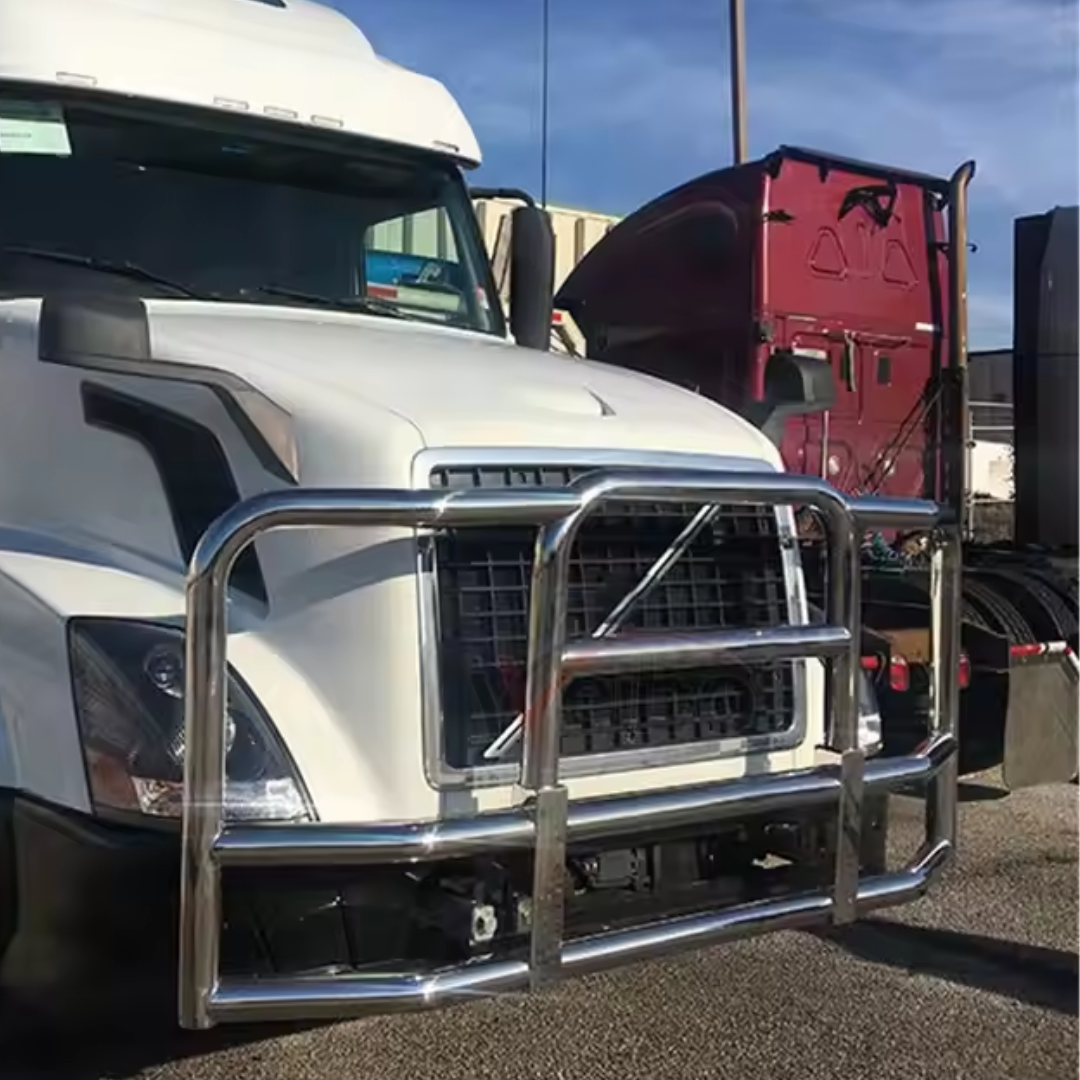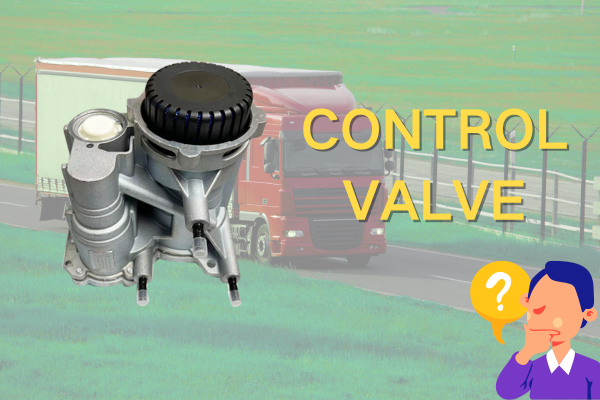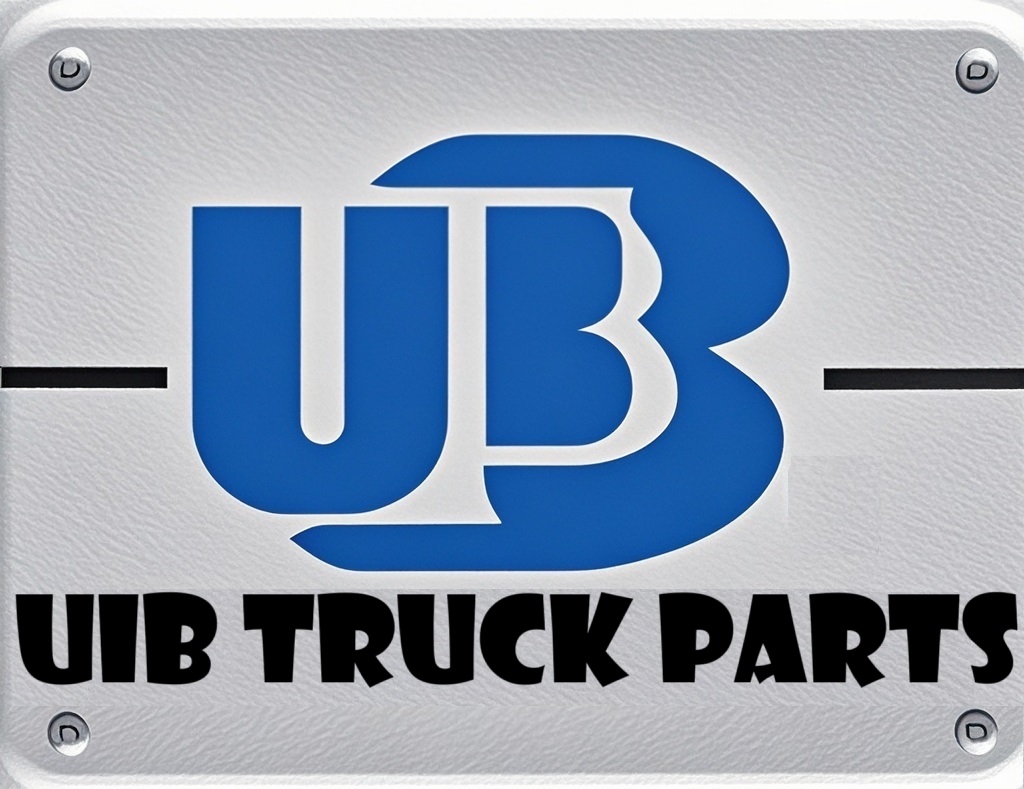About Us
In - Depth Analysis of Truck Bumpers
Views : 180
Update time : 2025-06-26 09:59:45
Truck bumpers, seemingly ordinary components, play a crucial role in vehicle safety and performance. This article will delve into their professional knowledge, covering aspects such as functions, materials, design, installation, and maintenance.

Core Functions: Ensuring Safety and Performance
The bumper serves as the first line of defense during vehicle collisions. In low - speed collisions, it absorbs energy through deformation, reducing damage to the vehicle body, engine, radiator, and other components. In high - speed collisions, it collaborates with the vehicle's safety systems to distribute energy, safeguarding the lives of drivers and passengers. Additionally, bumpers protect key components from road debris impacts, enhance the vehicle's appearance and 辨识度,and improve aerodynamic performance, potentially boosting high - speed fuel efficiency by 3% - 8%.
Diverse Materials: Advantages, Disadvantages, and Application Scenarios
Among metallic materials, high - strength steel, with its exceptional strength, is commonly used in heavy - duty off - road trucks. Stainless steel, renowned for its corrosion resistance, is ideal for harsh environments. Aluminum alloy, prized for its lightweight properties, is favored by logistics trucks. In the realm of plastics, modified polypropylene (PP) offers low cost and excellent moldability, while acrylonitrile - butadiene - styrene copolymer (ABS) combines toughness with an attractive appearance. Composite materials, such as fiber - reinforced plastics and sheet molding compounds (SMC), with their high strength - to - weight ratio, are increasingly used in high - end and specialized trucks.
Design Essentials: A Multidimensional Approach
Designing truck bumpers requires a comprehensive consideration of strength, stiffness, energy - absorption structures, integration with the overall vehicle, and aerodynamics. For example, off - road truck bumpers need enhanced protection, achieved through energy - absorbing boxes and buffer materials. Meanwhile, the installation position and size parameters of the bumper must be coordinated with the vehicle's structure, and its shape optimized to reduce wind resistance.
Varied Types: Meeting Diverse Usage Requirements
Factory - standard bumpers are suitable for daily use. Off - road - specific bumpers are robust and feature - rich. Collision - warning bumpers, integrated with sensors, enhance safety, and lightweight bumpers contribute to energy conservation and emissions reduction. Each type caters to the diverse application scenarios of trucks.
Installation and Maintenance: Keys to Prolonging Service Life
During installation, precise positioning, component coordination, and thorough debugging are essential. Routine maintenance involves regular cleaning, inspection of connection points, repair of damages, anti - rust treatment, and maintenance of auxiliary equipment, ensuring that the bumper remains in optimal working condition.
Related News
 Revealing Three Little-Known Facts About Trucks
Revealing Three Little-Known Facts About Trucks
Aug 06,2025
This article presents three little-known facts about trucks, including that the cab can be flipped for engine maintenance, the rearview mirrors are equipped with defrosting and deicing functions, and the small tank next to the fuel tank is an urea tank which is crucial for environmental protection. It helps readers understand the secrets behind truck designs and functions.
 Control Valve: The "Key Steward" in Truck Engines
Control Valve: The "Key Steward" in Truck Engines
Aug 05,2025
This article introduces the role of the control valve in the diesel pump, including controlling fuel quantity and stabilizing pressure; lists symptoms when it malfunctions, such as weakened power and increased fuel consumption; provides maintenance methods, and illustrates through cases that paying attention to the control valve can avoid unnecessary expenses.
 Control Valve: The "Invisible Commander" of Truck Power
Control Valve: The "Invisible Commander" of Truck Power
Aug 05,2025
The control valve is an indispensable core regulating component in the truck power system. Although it hides inside the machinery and keeps a low profile, it relies on its powerful functions to precisely command the rhythm of power output, comprehensively ensure driving safety, and intelligently adapt to various working conditions. With sophisticated design techniques and durable material selection, it can achieve a perfect balance between power and efficiency in various complex scenarios, and can be called the invisible cornerstone supporting the efficient and stable operation of trucks.
 Truck Snow Chains: Safety Guarantee on Icy and Snowy Roads
Truck Snow Chains: Safety Guarantee on Icy and Snowy Roads
Jul 28,2025
This article elaborates on truck snow chains, including their important role on icy and snowy roads, applicable scenarios, selection methods, installation steps, and usage precautions. It aims to provide references for truck drivers to drive safely in icy and snowy weather and reduce accidents caused by slippery roads.
